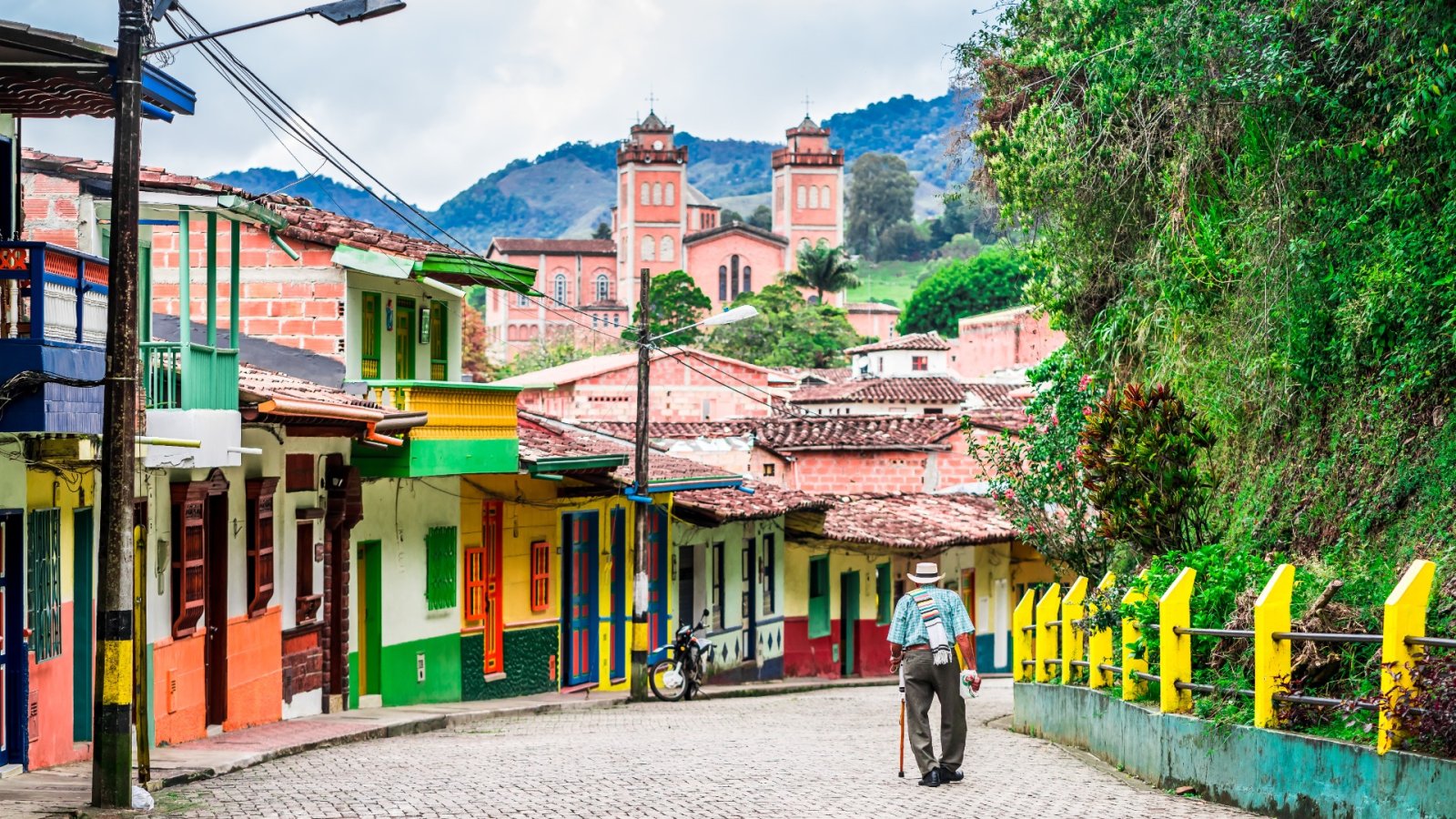Celebrating the Life and Artistic Legacy of Fernando Botero
The renowned Colombian artist Fernando Botero, known for his signature style depicting voluminous figures, died on September 15, 2023 at the age of 89. Botero leaves behind a profound body of work that has influenced generations of artists through his uniquely exaggerated, sensual representation of form now referred to as "Boterismo." As we remember Botero's vibrant spirit and immense contribution to the art world, we honor his legacy by exploring 10 lesser known aspects of the pioneering painter and sculptor's remarkable life and career.
The artist was born in 1932 in Medellín, located in the mountainous region of Colombia. Botero's father worked as a salesman but tragically passed away from a heart attack when Fernando was just four years old, leaving his mother to support the family as a seamstress. While Botero did not have extensive exposure to art during his childhood, he was inspired by the ornate Baroque designs featured prominently in Medellín's churches, sowing the seeds for his later artistic passion and one-of-a-kind style. Though resources were scarce after losing his father at a young age, Botero's natural artistic talent began to emerge in the churches that surrounded his hometown.
At age 12, Botero's uncle enrolled him in a two-year program to train as an apprentice matador (bullfighter). However, after his debut fight ended with him being violently thrown to the ground by an 1,100-pound bull, Botero realized his true passion lay elsewhere. From that painful experience, he decided then and there to dedicate himself to pursuing a career as an artist instead. While he stepped away from the bullfighting ring, the imagery and drama of bulls would continue to emerge frequently in Botero's paintings throughout his illustrious career. That initial exposure helped plant seeds of inspiration, even if his destiny ultimately led down a different creative path.
Even at a young age, Botero's raw artistic talent was evident. At only 15 years old, he would earn money to attend bullfights by selling his watercolor paintings outside the local Plaza de Toros arena. This early entrepreneurship showed Botero's dedication to his craft. By 16, his drawings were being published in the newspaper El Colombiano, getting his work recognized more broadly. Two years later, the ambitious 18-year-old Botero decided to leave his hometown of Medellín for Bogotá, Colombia's capital, to more seriously immerse himself in art study and immerse himself in the flourishing art scene there. This head start allowed Botero to hit the ground running in his pursuit of an artistic career.
Having spent considerable time in Europe furthering his artistic education through studying the masters of painting, Botero relocated to Mexico City in the mid-1950s. It was there that he began cultivating his instantly recognizable style. Immersing himself in Mexican art opened Botero's eyes to reconnecting with his Latin American roots and exploring personal stories and themes. Within the nostalgia for his native culture, he found his true voice as an artist. By blending the technical skills absorbed from the Old Masters with his exaggerated proportions and figures, Botero started depicting scenes and characters from his childhood memories of Medellín. In Mexico, all the pieces came together - it was the genesis of the styles that would cement his iconic status and leave an indelible mark on 20th century art.
After honing his technical skills by carefully studying and replicating the works of Europe's revered Old Masters during extensive travel, Botero began putting his own imaginative twist on classic paintings. In the 1960s, Botero began experimenting with translating his signature voluminous style into three-dimensional sculpture. After exhibiting his first bronze sculptures at the prestigious Grand Palais in Paris in 1977, he dedicated much of his later career to monumental public works.
During Botero's time in New York throughout the 1960s, abstract expressionism had given way to pop art as the reigning avant-garde movements. Figuration, Botero's forte, was out of fashion. Nevertheless, a serendipitous meeting with MoMA curator Dorothy Miller proved transformative. Upon viewing his works, she swiftly purchased his Mona Lisa, Age Twelve (1959) for the museum's permanent collection. Botero also gained representation from the prestigious Marlborough Gallery in 1972 thanks to introductions made by Miller, granting him influential support and access to international audiences. Despite his style existing outside predominant currents, Botero's exquisite technical abilities and unique take on form won him acclaim. He demonstrated that an artist could succeed regardless of fleeting trends through the universal power of masterful works that stand the test of time.






